The Hidden Hunger Crisis
Hidden hunger is a global health crisis, driven in large part by poverty. More than 3 billion people around the world—mostly in Africa, Asia, and Latin America—simply can’t afford a diet of nourishing, diverse foods that provide enough essential vitamins and minerals (micronutrients).
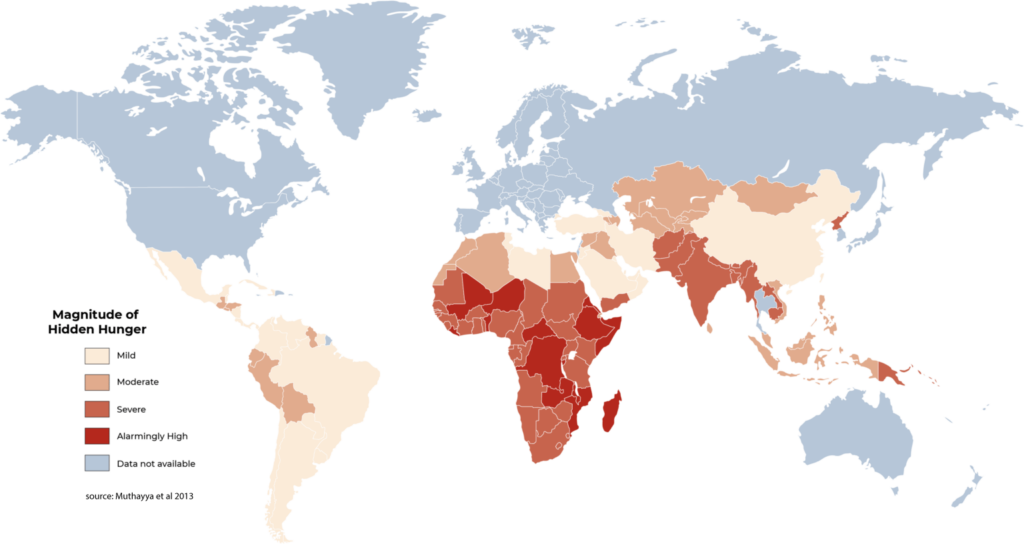
Hidden hunger weakens immune systems, leaving people vulnerable to infections such as diarrhea, and health threats such as COVID-19. Hidden hunger leads to high rates of stunting, blindness, anemia, poor pregnancy outcomes, and developmental impairments in children.
The effects of hidden hunger are particularly acute during the 1,000 days from conception to age two, but women and adolescent girls are also vulnerable. For example, half a billion women ages 15 to 49 suffer from debilitating anemia, and iron deficiency is a primary cause. This condition reduces their productivity and negatively affects their reproductive health.
Fatigue and weakness
Impaired cognition
Higher risk of infection/death
Poor pregnancy outcomes
Susceptibility to infection
Cell damage
Apart from the human suffering, hidden hunger is preventing people, economies, and countries from reaching their full potential, with staggering impact: the estimated annual hit to GDP from related health and productivity losses averages 11 percent for several countries in Asia and Africa.
Estimated Annual Loss in GDP from the Impacts of Hidden Hunger (Source: World Bank)
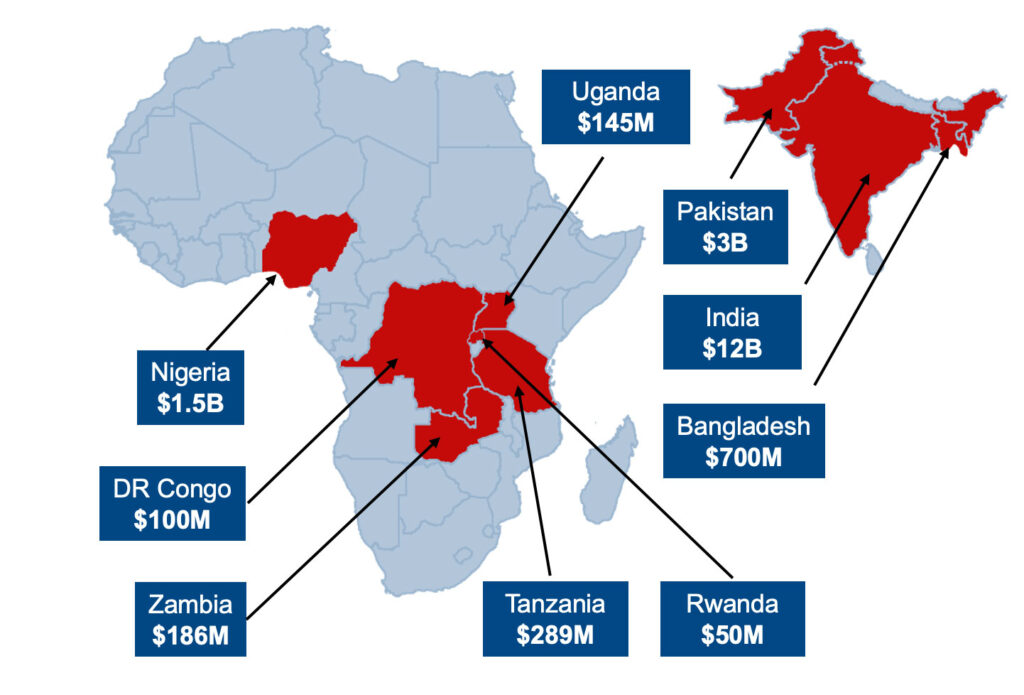
The Response: Nutrient-enriched staple crops
Staple crop biofortification is a practical, proven, demand-led response to hidden hunger—particularly among the hundreds of millions of smallholder farming families who eat mostly what they grow themselves, cannot afford nutritionally diverse diets, and are also not easily reached by food fortification or supplementation initiatives.
Biofortified crops make sense for farming households because they are:
Familiar
They are more-nutritious versions of food crops these families already know, grow, eat, and sell. Farming households also participate in testing and selection of varieties.

Equitable
They are readily accessible to all members of these households—notably women, young children, and adolescent girls—ensuring they will benefit.
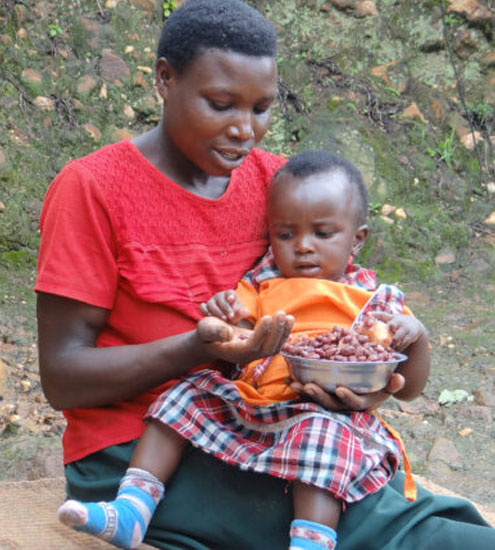
Evidence-Based
They are scientifically shown to reduce micronutrient deficiency and improve health if consumed regularly; farmers want to grow these crops; and people like to eat foods made with them. Learn more
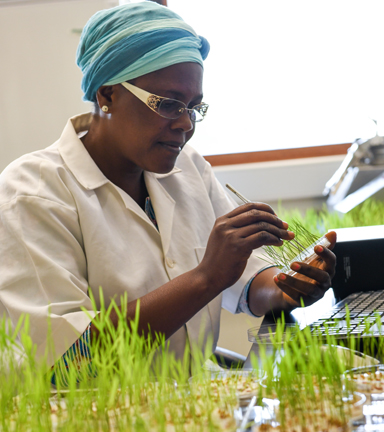
Cost-Effective
An up-front investment in biofortified crop development generates lasting impact for farming families, providing better nutrition harvest after harvest, at no additional cost to these families.
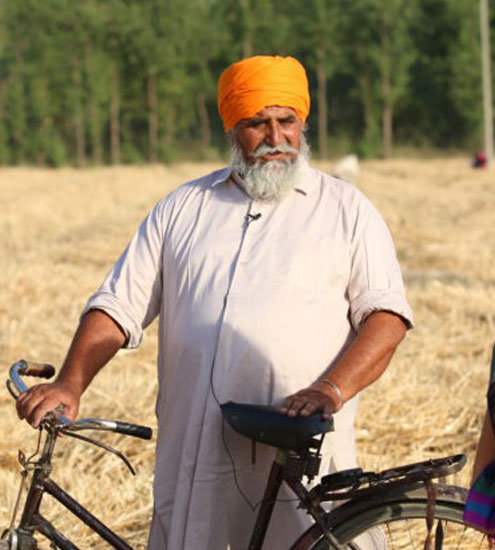
Food Systems-Focused
The model is to foster self-sustaining value chains for biofortified seed, crop, and foods, which also provide new livelihood opportunities for farming families.
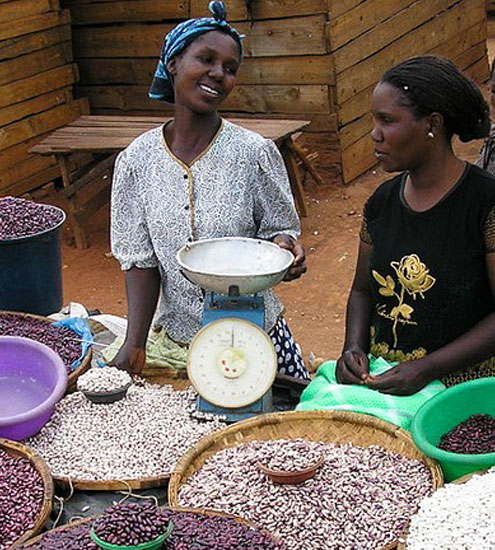
Making Biofortification Work Sustainably
Sustainably embedding biofortified crops in food systems requires a comprehensive approach, from the crop research and development stage through to reaching the consumers of biofortified crops and foods. On the upstream side, farming households need reliable access to affordable, continually-improved biofortified planting materials, and the know-how to grow them.
But these households also want to sell some of their harvest to support their livelihoods. To facilitate this, HarvestPlus provides technical assistance, strategic guidance, capacity strengthening, and evidence-driven policy engagement support to hundreds of partners worldwide that are active along the full agricultural value chain:
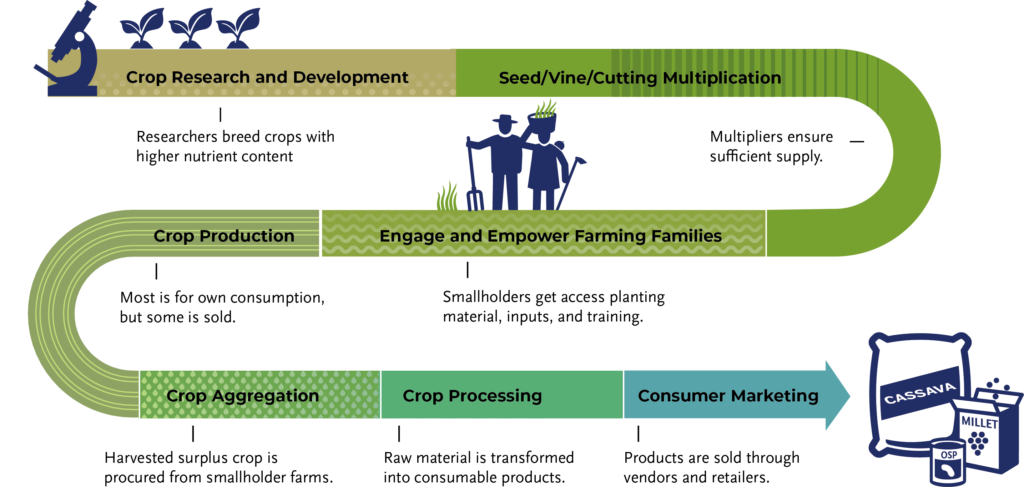
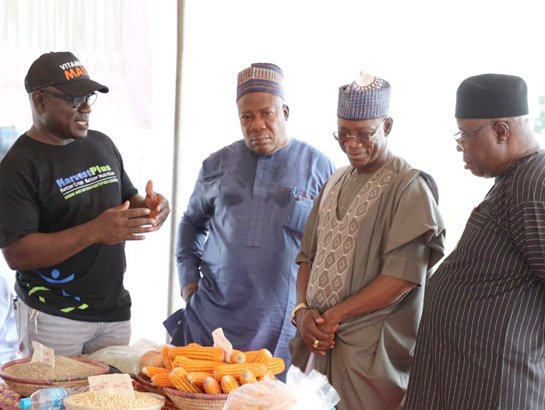
Crop Development and Supply
Global: HarvestPlus nutrition and crop experts work with CGIAR partners to develop staple crop varieties with levels of micronutrient content that can have a measurable impact on human nutrition and health, meet the agronomic needs of farmers, and are acceptable to consumers. Thousands of seed samples in genebanks are analyzed to find ones that already have naturally higher levels of iron, zinc, or vitamin A. These are crossed with other widely-grown varieties to develop biofortified versions that are not only more nutritious but also high-yielding and have other traits important to farmers. Targets for micronutrient content for biofortified crops are set based on: the nutritional needs of target populations (specifically women, adolescent girls, and young children); their per-capita consumption of the crop; the crop’s retention of the micronutrient after processing, cooking, and/or storage; and the proportion of the micronutrient absorbed (its bioavailability) by the body.
National: CGIAR centers send promising biofortified varieties to national agricultural research systems (NARS) for thorough performance testing and adaptation to local farmers’ needs and specific growing conditions. National governments release successfully tested and approved varieties for use by farmers. Multipliers play a key role by producing sufficient volumes of high-quality biofortified planting material to meet demand from farmers.
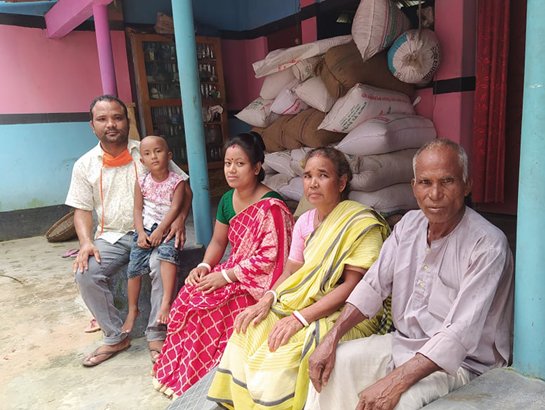
Engaging and Empowering Farming Households
Harvestplus support partners who ensure that farming households are aware of and can access biofortified planting material, understand its nutritional and agronomic benefits, know how to grow biofortified crops, and receive necessary technical assistance.
Planting material and other inputs (such as fertilizer) reach farmers through different channels, depending on the type of crop and the market environment in the country or locality:
• Commercial channels (i.e. seed companies and agro-dealers)
• Government departments or programs
• NGOs and humanitarian organizations
• Farmer-to-farmer through informal sharing of planting material
Farming households also receive information about nutrition basics and the nutritional value of biofortified crops, how to grow biofortified crops, and preparing foods with these crops. Nearly two-thirds of farmers trained by HarvestPlus and its partners are women.
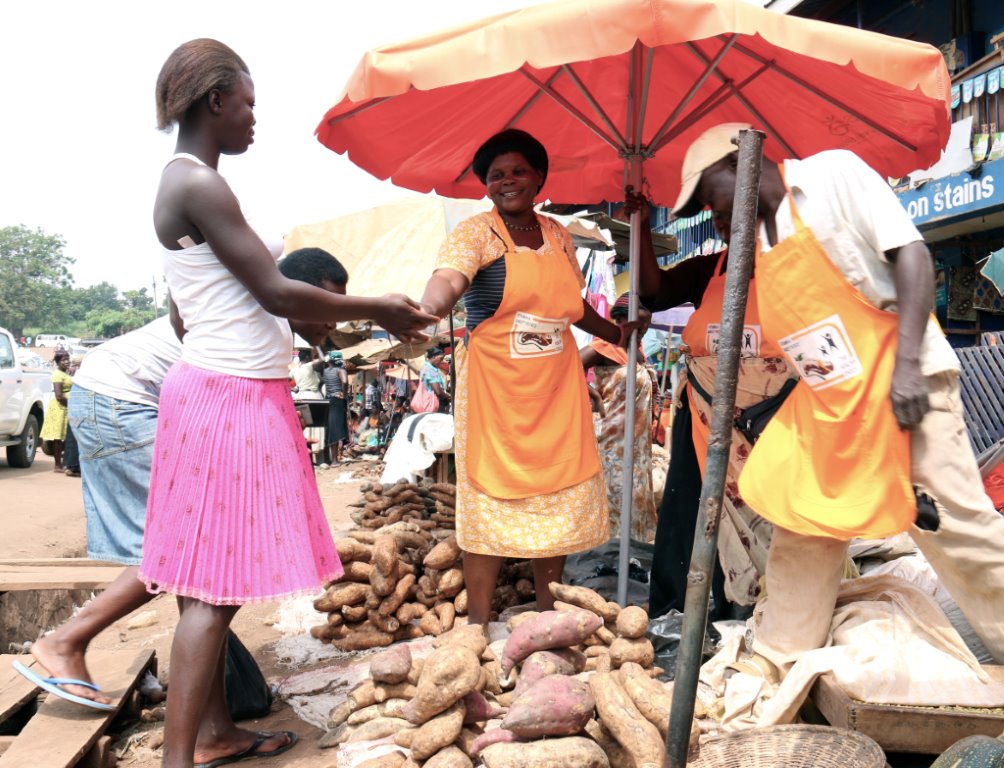
Linking Farmers to Markets
Farming households consume their biofortified crops and receive the nutrition and health benefits, but most families also want to sell some of their harvest to support their livelihoods.
Many farmers sell harvest in informal local markets. Others sell to aggregators who supply millers, processors, and vendors of raw product (such as vendors of iron beans or vitamin A cassava in urban food markets). Aggregators also supply biofortified grain to government support programs or NGOs that provide humanitarian food assistance.
Developing Biofortified Food Markets
SME and larger food companies package raw or processed biofortified products for sale to consumers by market vendors, small shops, and even large retail outlets.
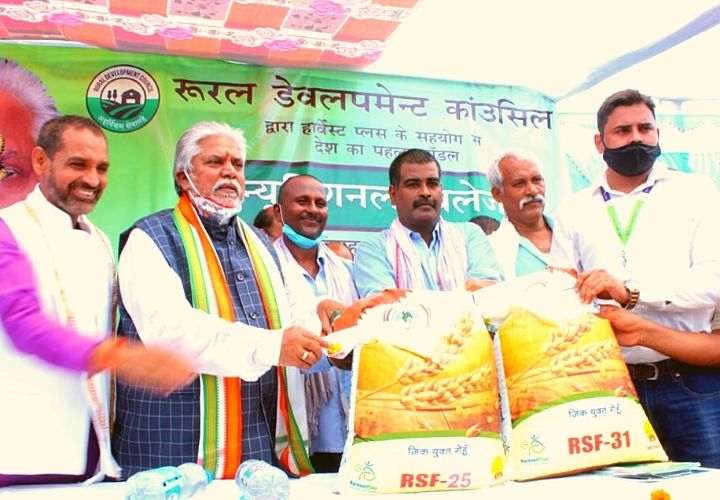
Enablers for Scaling Up
These are foundations for rapid scale up of biofortification to reach 1 billion people by 2030:
The evidence base: Expand and communicate research results on nutrition and health benefits, and evidence of positive impact for farming families, consumers, and value chain actors.
The policy environment: Advocate for pro-biofortification policies and programs natioally, regionally, and gobally. A key priority: integrating biofortification in public support programs.
Market incentives: Encourage biofortified product standards, tracing and certification systems, and financing mechanisms, providing clarity and lower market risk for value chain participants.
Capacity strengthening: Ensure partners in all aspects of biofortification—crop research and development, farmer engagement, value chains, and nutrition/impact research—are equipped to act autonomously and effectively.
Knowledge sharing: Regularly document evidence, expertise, and lessons learned, and widely disseminate these through multiple channels.